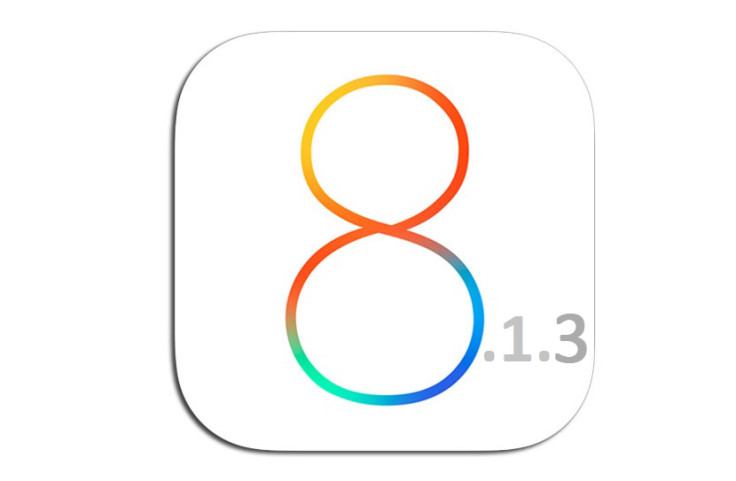iOS 8.1.3 release: Everything jailbreakers need to know

Apple has reportedly killed several critical exploits used by recent iOS jailbreaks such as Pangu, TaiG and PP, with the release of iOS 8.1.3 firmware that also brings increased stability and performance improvements.
Back up installed jailbreak tweaks and apps
Jailbreakers are required to back up existing jailbreak tweaks and apps to avoid reinstalling the tweaks one by one, if there is an accidental firmware installation or restoration, owing to corrupt software during everyday use.
Check out the complete step-by-step guide (posted here) to back up and restore Cydia apps, tweaks and sources.
Do not update or restore
It is ascertained that iOS 8.1.3 kills TaiG and other recent jailbreaks as acknowledged by Apple in its support article.
So, those who are running the older iOS 8 updates from iOS 8.0-iOS 8.1.2 are advised to avoid upgrading to iOS 8.1.3 in order to preserve existing jailbreak tweaks and apps.
With no jailbreak available for iOS 8.1.3, avid jailbreakers should exercise caution while updating or restoring the current firmware, as this will erase all jailbreak apps and tweaks on the device.
Apple still signing iOS 8.1.2 firmware
As Apple is still signing the iOS 8.1.2 firmware, it is the last chance for prospective jailbreakers to either install this update or downgrade to iOS 8.1.2 if they accidentally updated to iOS 8.1.3.
Fixing infinite reboot loop problem
Fortunately, infinite reboot problems can be fixed easily by utilising the safe mode feature built into the mobile substrate, which also eliminates the need to restore the device back to the latest firmware.
In other words, avid jailbreakers could avoid the situation of losing all their favourite iOS jailbreak tweaks and apps by bypassing the restore process.
Tip #1: The simplest method of fixing the reboot loop involves a hard reset: press and hold Home and Sleep/wake (Power) button together for a few seconds until the Apple logo appears on screen.
Tip #2: The other popular method of performing the reboot loop employs the use of Redsn0w tool, as outlined in the video tutorial below (courtesy iPhone Hacks):
Avoid installing unwanted or untested jailbreak tweaks and apps
Prospective iOS 8 jailbreakers and those running iOS 8 on a jailbroken device are recommended to avoid installing unwanted or untested jailbreak tweaks and apps, as a faulty app or tweak could damage the iOS software and thereby force you to restore the device with the latest firmware (iOS 8.1.3).
Consequently, you will lose all your favourite jailbreak tweaks and apps installed on the device, and hence it would be a wiser option to take an expert opinion on the jailbreak forums such as the reddit forum, before you download something new via Cydia Store.
Uninstall unused jailbreak tweaks
Some newer jailbreak tweaks are known to cause compatibility issues with the older ones, which are already installed on the device.
Consequently, it is a good idea to uninstall or remove unused jailbreak tweaks from the device, as it will reduce the chances of running into compatibility issues.
Avoid modifying the File system
Any modifications to the file system such as deleting a file via iFile could inadvertently delete the core system files and hence force the user to restore the device.
With iOS 8.1.3 not supporting any existing jailbreaks, one cannot risk losing their jailbreak for the sake of tweaking a system file.
Installing OpenSSH
If all else fails, jailbreakers could resort to installing OpenSSH tool, which facilitates the use of SemiRestore (click to see tutorial) for iOS jailbroken device.
As its name implies, SemiRestore allows users to restore their jailbroken iOS device to stock-like condition without losing jailbreak.
Unlike the restore function, SemiRestore feature allows you to fix endless reboot loop issues due to a buggy tweak by removing problematic jailbreak tweaks during the process, besides preserving the jailbreak installed on the device.
[Source: iPhone Hacks]
© Copyright IBTimes 2025. All rights reserved.






















